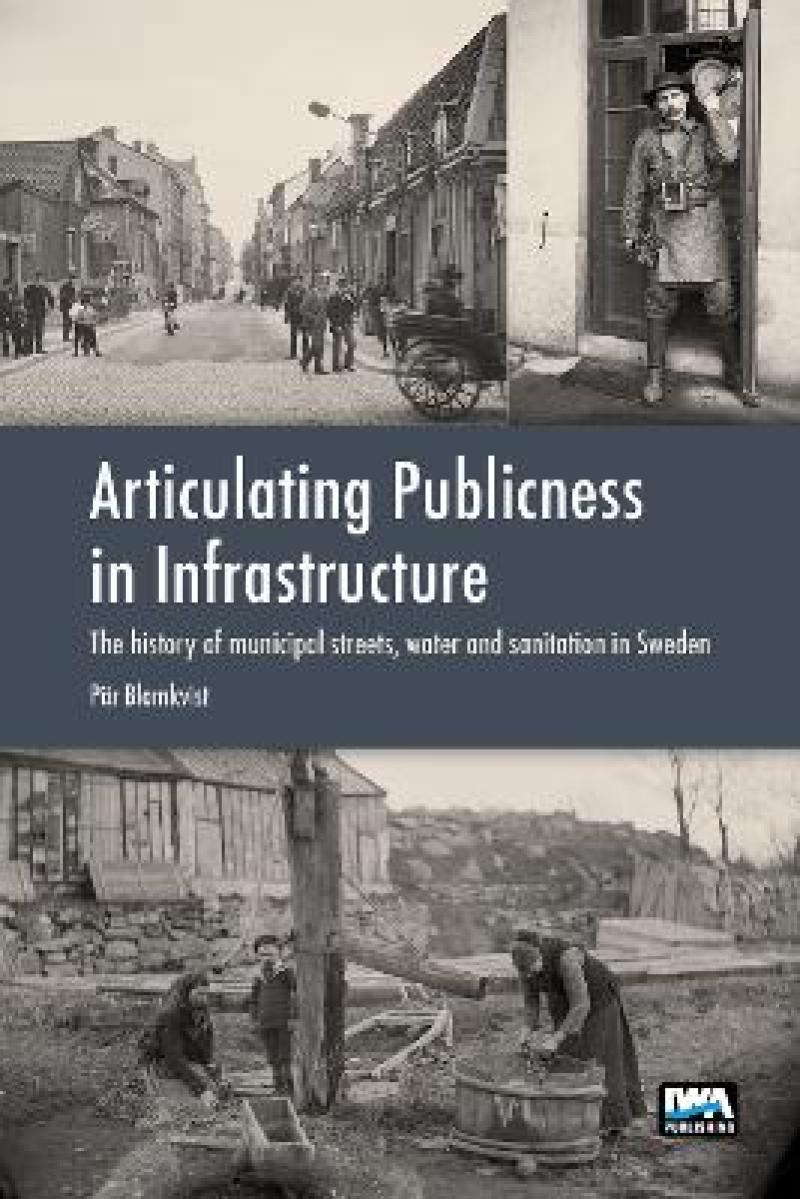The contribution of this book lies in the historical comparison of infrastructural systems that normally are dealt with separately. The synthesis has been achieved mainly by an extensive literature review of research from a wide range of various fields and by using prime sources to some extent. The comparative and long-term perspective allows similarities and differences to be discovered in the development of arrangements around streets, water, and sanitation. By using the analytical lens of publicness, the author challenges the common belief that these three areas have always been public concerns or obligations. An assumption that relies on the fact that presently they indeed are public infrastructural systems. Furthermore, it is shown that the evolution of municipal streets, water, and sanitation has left a historical legacy which is still affecting the way these infrastructural systems are managed today.
Les mer
About the author
Foreword
Acknowledgments
Abstract
Chapter 1 Starting points
1.1 Investigating Publicness
1.2 The Alluring Legacy of Rome
1.3 Public and Private Goods
1.4 Purpose and Theoretical Inspiration
1.5 Methods used and Layout of the Book
Chapter 2 General contextual factors in the history of municipal infrastructure
2.1 Local and Municipal Self-Governance
2.2 Urbanization, Demography, and Industrialization
2.3 The Municipal Reform of 1862
Chapter 3 Pre-modern and modern roads and streets
3.1 Public Roads
3.2 Civic Roads
3.3 Municipal Streets
3.4 Path Dependence in Roads and Streets
3.5 The Road and Street System Today
Chapter 4 Carriers of technology and publicness in roads and streets
4.1 System Builders and Technical Development
4.2 Systems Culture
Chapter 5 Pre-modern water and sanitation
5.1 Pre-Modern Drinking Water
5.2 Pre-Modern Sanitation
Chapter 6 Specific contextual factors in modern water and sanitation
6.1 The Divide Between the Private and the Public
6.2 The Social Issue
6.3 Health and Sickness
6.4 The Sanitary Movement and the Health Act of 1874
Chapter 7 Modern water and sanitation
7.1 Latrine Collection and Street Cleaning in the Early Nineteenth Century
7.2 Water Legislation Excepting Drinking Water
7.3 The Era of Building Piped Water Systems
7.4 The Motives in Leijonancker’s Plan of 1853
7.5 Financing, Managing, and Ownership
7.6 Did Health Improve with the Introduction of Piped Water? .
7.7 Introducing Piped Sewage
Chapter 8 Water and sanitation in the twentieth century
8.1 Two New Contextual Factors
8.2 WSS on a National Scale
8.3 Path Dependence in WSS
8.4 Pre-Modern and Off-Grid Never Disappeared
8.5 The WSS Today
Chapter 9 Carriers of technology and publicness in water and sanitation
9.1 System Builders and Technical Development
9.2 Systems Culture
Chapter 10 Comparing publicness in municipal infrastructure
10.1 Pre-Modern Arrangements before 1800 .
10.2 Systemization and Infrastructure Building 1800–1920
10.3 Maturing Infrasystems 1920–1980
10.4 Ownership and Financing .
10.5 Municipal Infrastructure and Global Warming
10.6 Publicness and Municipal Capabilities
10.7 Elaborating the ‘Piped Paradigm’
10.8 Publicness and Systemic Characteristics
10.9 Proud System and Community Builders
References
Les mer
Produktdetaljer
ISBN
9781789063974
Publisert
2023-09-15
Utgiver
Vendor
IWA Publishing
Høyde
234 mm
Bredde
156 mm
Dybde
18 mm
Aldersnivå
U, P, 05, 06
Språk
Product language
Engelsk
Format
Product format
Heftet
Antall sider
152
Forfatter

